Meet the designer
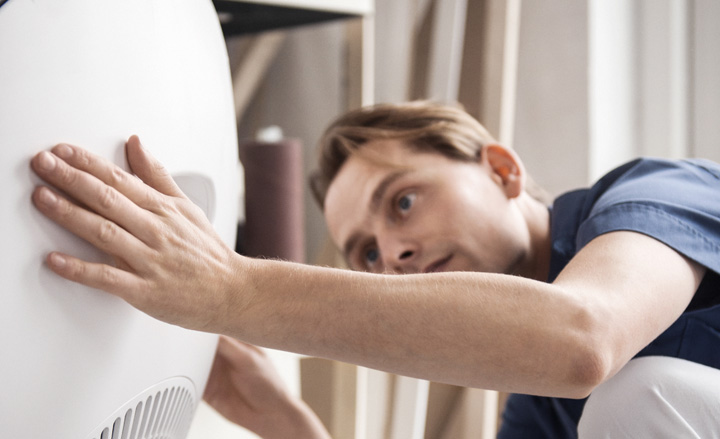
Øivind Alexander Slaatto has a particular set of skills that make him uniquely qualified to take on the challenge of designing for Bang & Olufsen.
Slaatto, 33, studied at the Royal Danish Academy of Music and performed across Europe with various orchestras, as well as his band Tummel. But design was also a passion and he went on to study at the Danish Design School in Copenhagen, graduating with a Masters degree in industrial design in 2007.
Slaatto’s work is formally inventive, but clearly rooted in 20th-century Danish design, with its emphasis on clean lines, elegant functionality and expert use of materials, both natural and manufactured.
We caught up with the designer to talk about his creation for Bang & Olufsen, the BeoPlay A9...
Wallpaper*: Bang & Olufsen has such an amazing design legacy. Was that intimidating?
Øivind Alexander Slaatto: I knew I would be able to contribute to Bang & Olufsen's great history. However, I'm very thankful Flemming MØller Pedersen (head of design) dared to trust in my talent. Designing for Bang & Olufsen is more than making just another product – it’s working with Danish culture, and since I'm proud of the Scandinavian design tradition, the values at Bang & Olufsen feel natural to me. I was sure I could contribute by respecting the clarity and minimalism of the company, while adding some poetry.
W*: How quickly did you come up with the basic disc design and what inspired its form?
OAS: I presented three different designs - the one that was chosen took me only a few days to come up with. I wanted a design so obvious you would think: ‘Why didn't I think of this?’, a design that someone who’d never seen a sound system before would expect to make sound. You find the circle everywhere in music – an ancient gong, a drum, the bell of a brass instrument, an LP, a CD, the interaction wheel on an iPod. Sound travels in circles, like waves around a stone when it hits the water, and the circle defines the grid of everything in this design. I also wanted something that looked more like a piece of furniture than a machine.
W*: Was it then just a matter of handing the sketches over to the engineers?
OAS: Bang & Olufsen gave me the specs for the components and told me what volume it should have to produce superior sound at the first briefing. After that the overall design did not change a lot. However, a lot of modifications came in that had a huge influence on the proportions and details like the geometry of the legs. Bang & Olufsen was very respectful of my vision and involved me from the very first sketch to the final product. Sometimes collaboration between designers and engineers ends up as a clash of civilizations, but at Bang & Olufsen the atmosphere is full of respect.
W*: How much is the design determined by the level of acoustic performance that is demanded?
OAS: To make superior Bang & Olufsen sound you need a huge volume of air, so the distance between right and left must be as big as possible. I tried to turn this into an obvious design. The wall bracket was challenging, since it had to take into account acoustics, aerodynamics and security, but still look simple and be easy to hang.
W*: What prompted your career shift from music into design?
OAS: At the age of 11, I started playing the tuba and was taught at the Royal Danish Academy of Music by one of the best tuba teachers in the world, Jens BjØrn-Larsen. Playing in an orchestra, though, drove me crazy when I couldn't take part in the melodies and was condemned to count empty bars, as you do 95 per cent of the time as tuba player. As a designer, I don't have to count bars.
W*: How did your music background influence your approach to creating this product?
OAS: Music taught me to combine discipline with playfulness and to draw a clear line between the creative and the analytical processes. Arnold Jacobs, former tuba player from the Chicago Symphony Orchestra, had a mantra: ‘Analyse = paralyse’. You achieve better results if you are able to be creative, and only creative. Analysis comes in after the creative process. You should never analyse while you are on stage. Today I try to ‘play’ design.
Receive our daily digest of inspiration, escapism and design stories from around the world direct to your inbox.
Rosa Bertoli was born in Udine, Italy, and now lives in London. Since 2014, she has been the Design Editor of Wallpaper*, where she oversees design content for the print and online editions, as well as special editorial projects. Through her role at Wallpaper*, she has written extensively about all areas of design. Rosa has been speaker and moderator for various design talks and conferences including London Craft Week, Maison & Objet, The Italian Cultural Institute (London), Clippings, Zaha Hadid Design, Kartell and Frieze Art Fair. Rosa has been on judging panels for the Chart Architecture Award, the Dutch Design Awards and the DesignGuild Marks. She has written for numerous English and Italian language publications, and worked as a content and communication consultant for fashion and design brands.
-
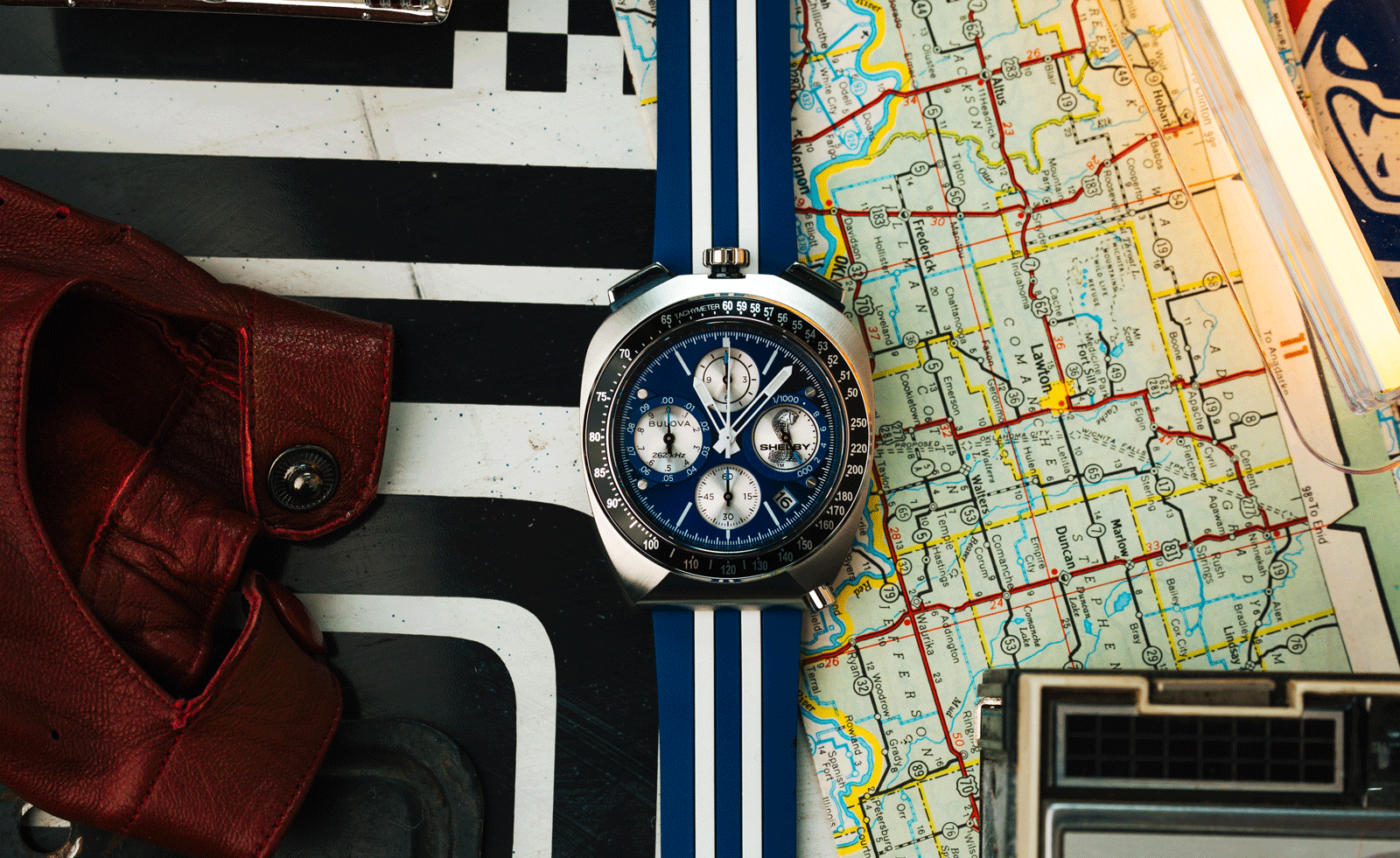 The return of the bullhead: the watch design that refuses to conform
The return of the bullhead: the watch design that refuses to conformLittle known outside of watch circles, but enthusiastically collected within them, bullhead watches have always been divisive. Identified by the crown at 12 o’clock, it made design sense – no digging into the wrist, allowing easier function as a stopwatch - but remains a speciality. But now, the bullhead is back
-
 Tour Peridot, Hong Kong’s hypnotic new bar
Tour Peridot, Hong Kong’s hypnotic new barLocated on the 38th floor of The Henderson, Studio Paolo Ferrari’s latest project is a study in ‘light, refraction, and intimacy’
-
 Lighting designer Andi Watson on creating Mitski’s sculptural stage for 'The Land'
Lighting designer Andi Watson on creating Mitski’s sculptural stage for 'The Land'In Mitski’s live show and new concert film, a single beam of light becomes her dance partner. Lighting designer Andi Watson discusses turning shadow, movement and restraint into the architecture of feeling
-
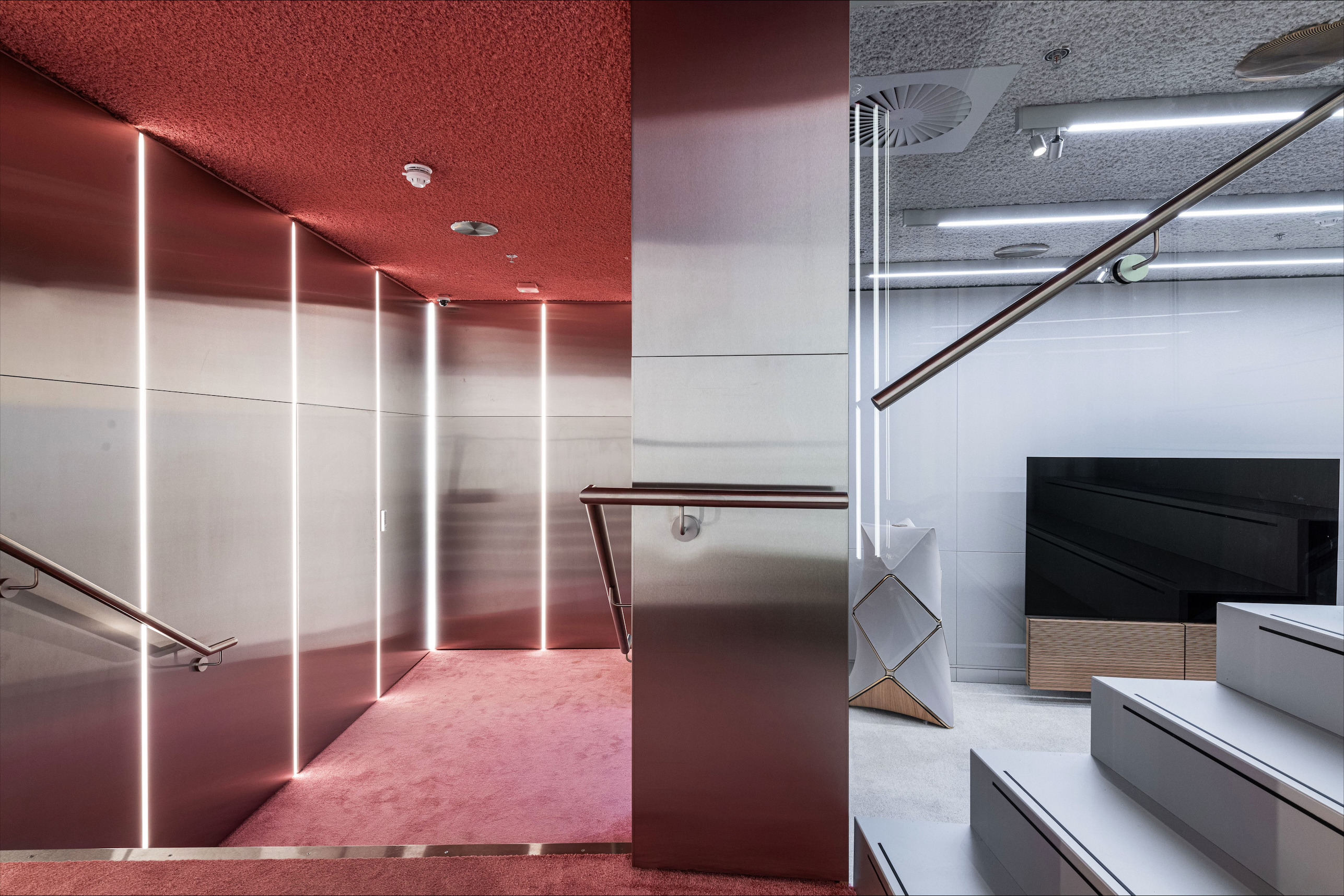 Bang & Olufsen's London showroom mixes sound, culture and sustainability
Bang & Olufsen's London showroom mixes sound, culture and sustainabilityNewly opened on Bond Street, the new Bang & Olufsen London showroom combines a sensitive modular design approach and contributions from local creatives
-
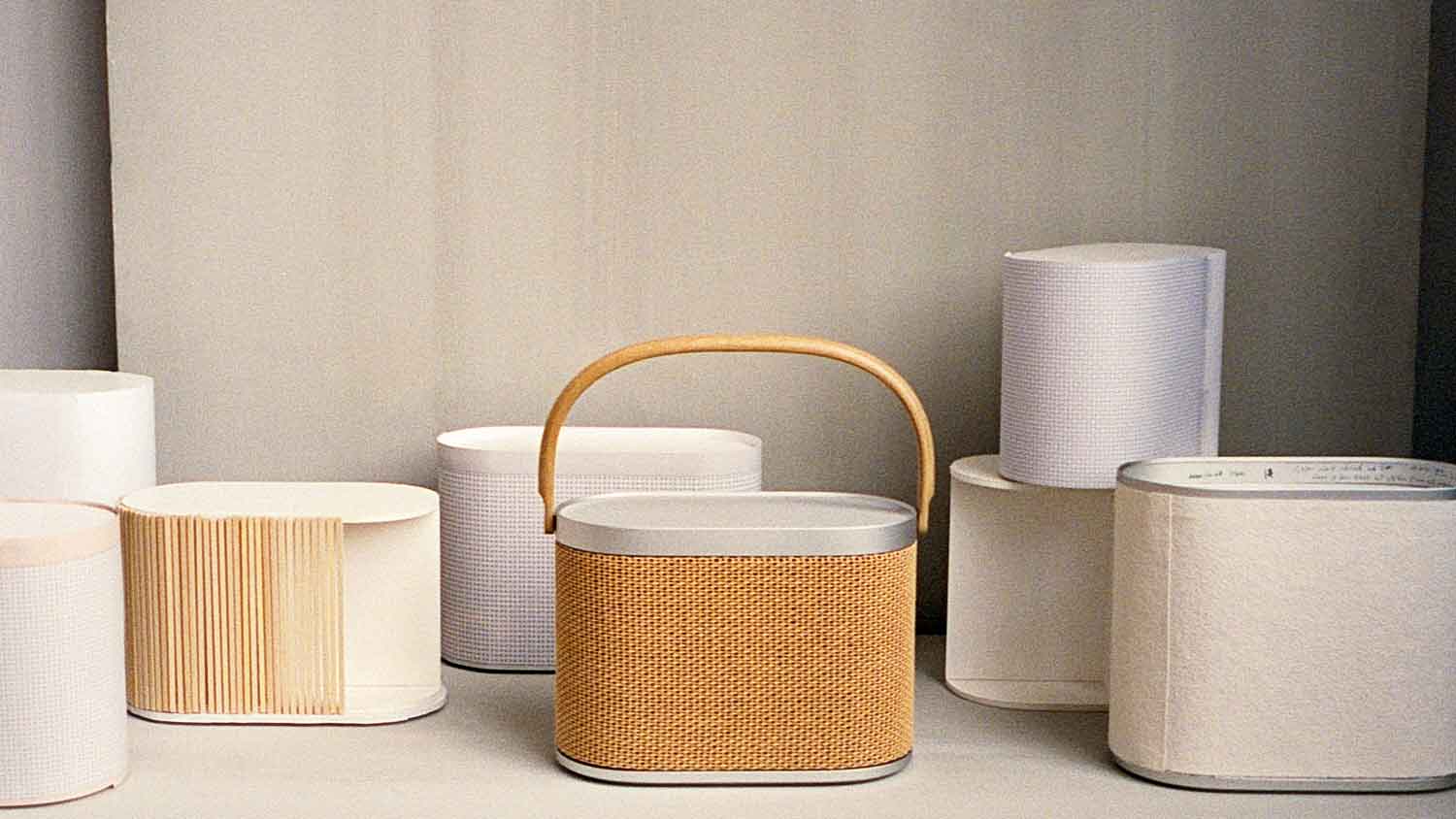 Bang & Olufsen unveils Beosound A5, its most powerful portable speaker designed by GamFratesi
Bang & Olufsen unveils Beosound A5, its most powerful portable speaker designed by GamFratesiDanish audio brand Bang & Olufsen unveils Beosound A5, its most powerful portable speaker to date, designed by Danish-Italian studio GamFratesi
-
 At home with designer Sebastian Herkner
At home with designer Sebastian HerknerSebastian Herkner finds inspiration in his extensive travels around the globe and the spirit of optimism of his adopted hometown of Offenbach
-
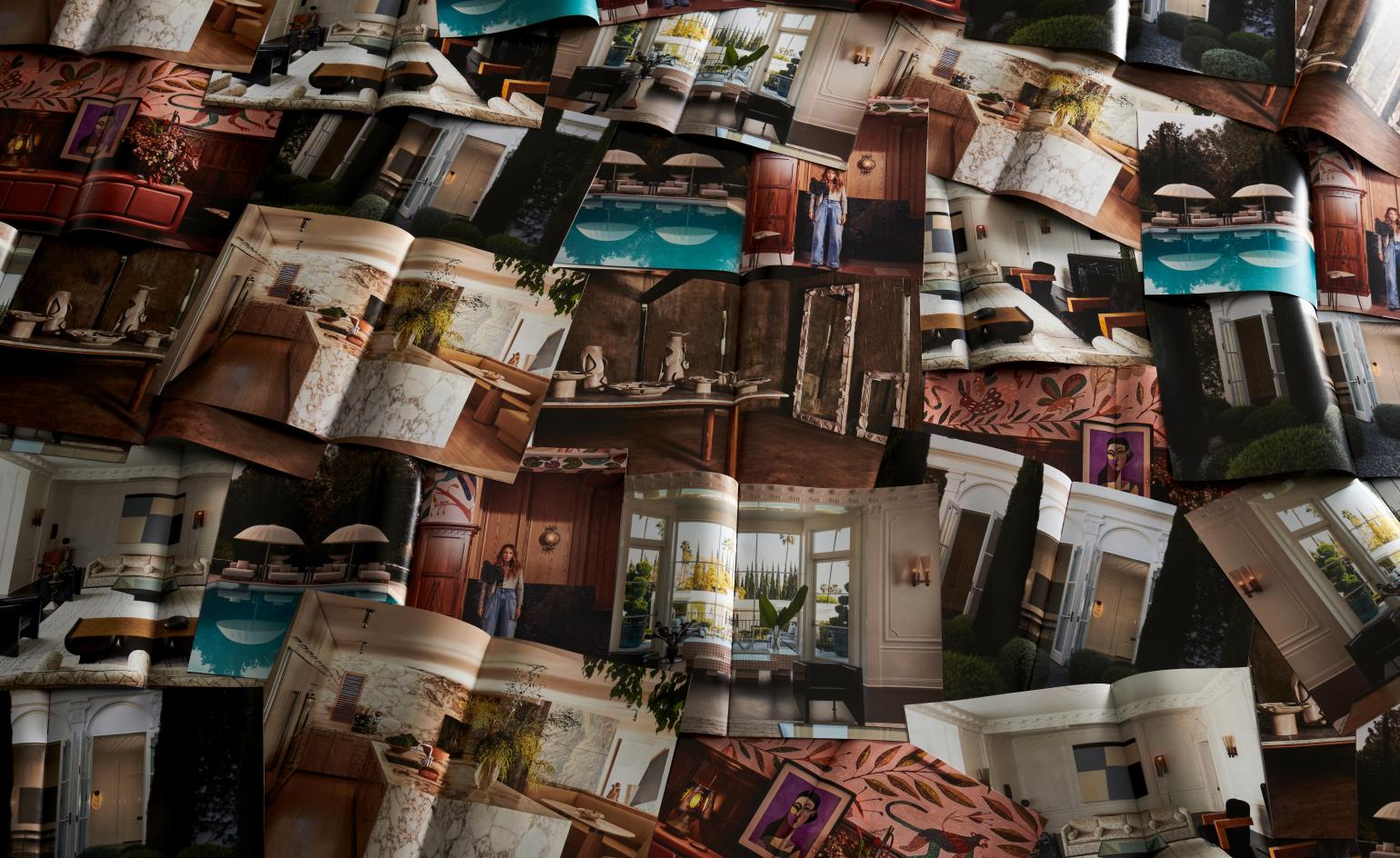 At home with Kelly Wearstler
At home with Kelly WearstlerAmerican designer Kelly Wearstler talks about her approach to interiors, her California homes, favourite LA spots, creative inspiration and more
-
 Ritesh Gupta’s Useful School: ‘Creative education needs to centre on people of colour’
Ritesh Gupta’s Useful School: ‘Creative education needs to centre on people of colour’Creative industry veteran Ritesh Gupta on launching Useful School, a new virtual learning platform that puts people of colour front and centre
-
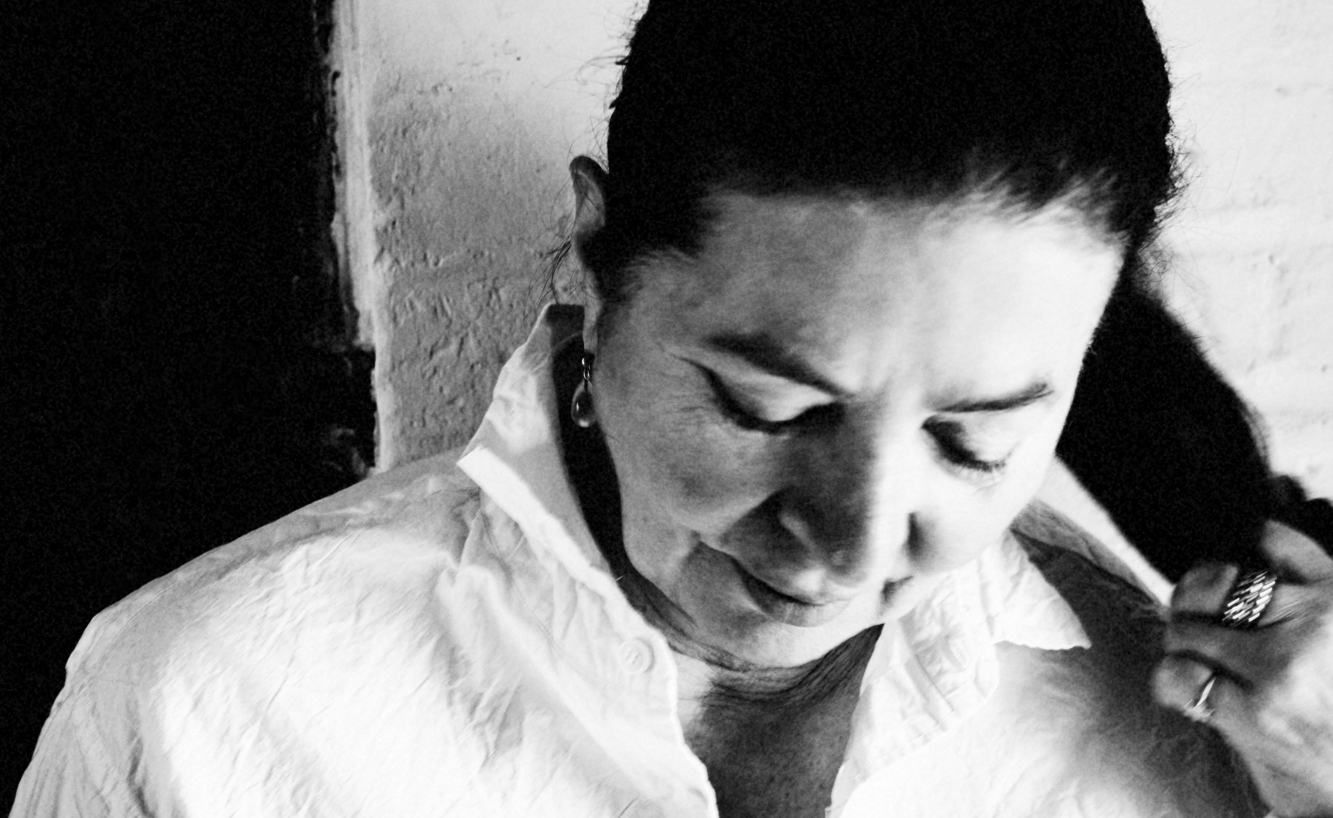 Ilse Crawford judges Wallpaper* Design Awards 2022
Ilse Crawford judges Wallpaper* Design Awards 2022London Design Medal laureate Ilse Crawford – part of the six-strong jury for the Judges’ Awards, the Wallpaper* Design Awards’ highest honours – on design for a better reality, and our worthy winners
-
 Luca Guadagnino judges Wallpaper* Design Awards 2022
Luca Guadagnino judges Wallpaper* Design Awards 2022Italian film director Luca Guadagnino, who recently expanded his work into design and interiors, talks about his projects and judging the Wallpaper* Design Awards 2022
-
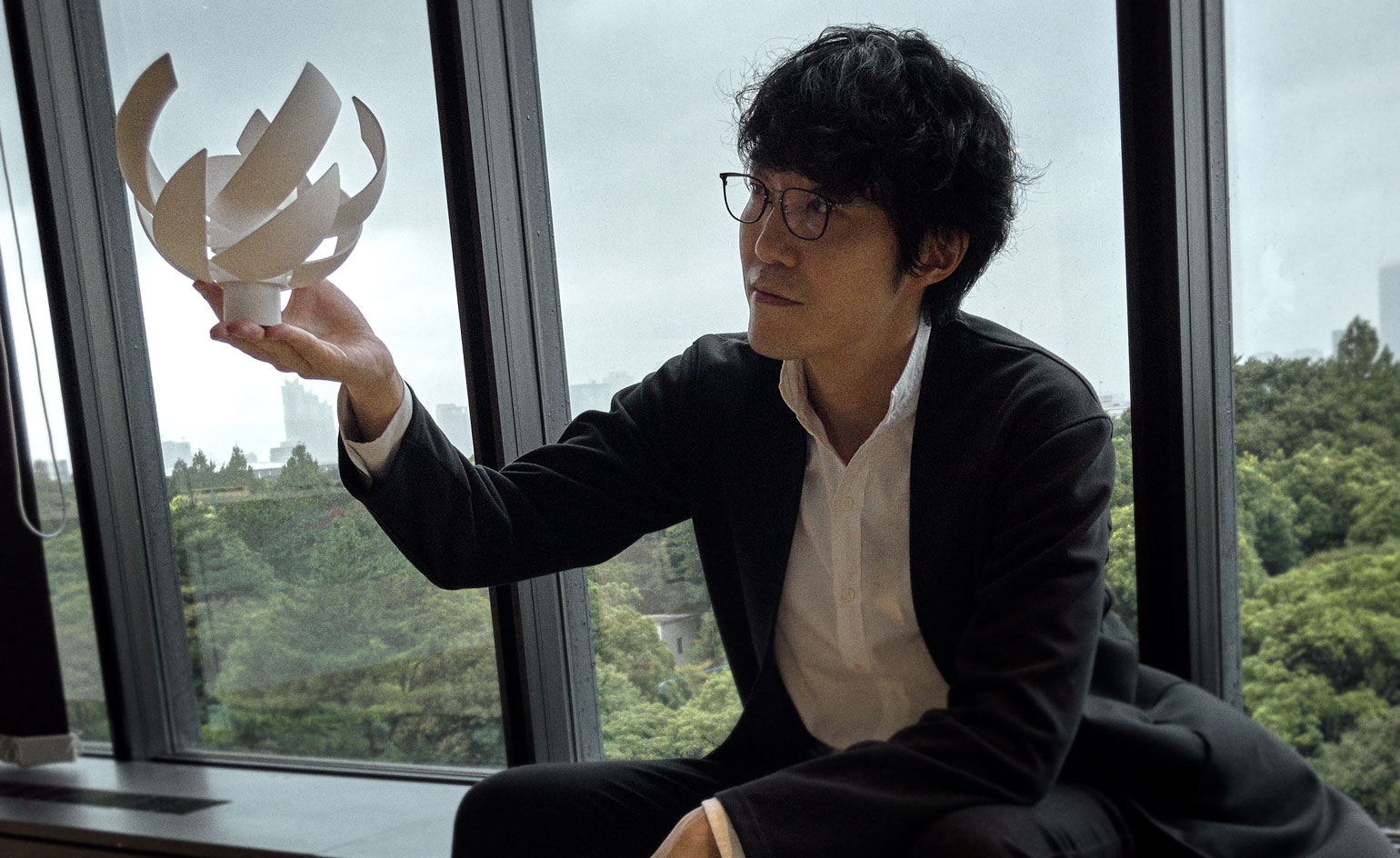 Nendo’s Oki Sato on challenges, new talent, and ‘taking the difficult way’
Nendo’s Oki Sato on challenges, new talent, and ‘taking the difficult way’Oki Sato, founder of prolific Japanese studio Nendo, reflects on past and present challenges – including designing Tokyo’s Olympic cauldron – and, for Wallpaper’s 25th Anniversary Issue ‘5x5’ project, selects five young talents ready to pick up the torch